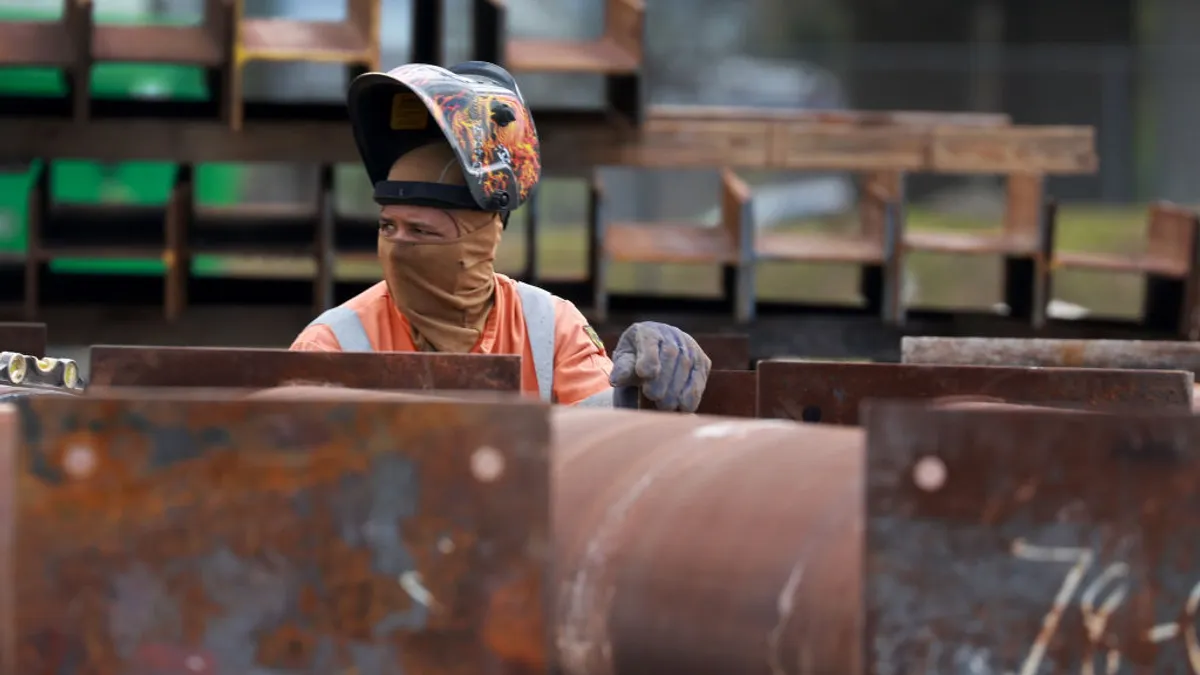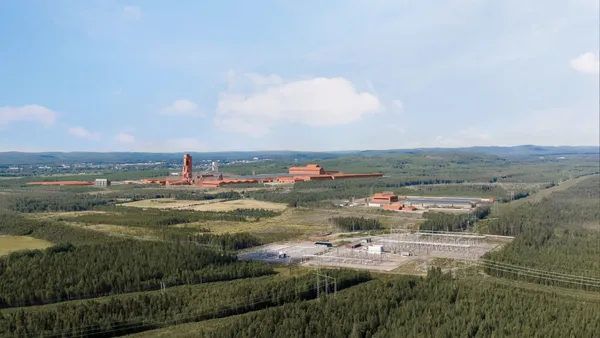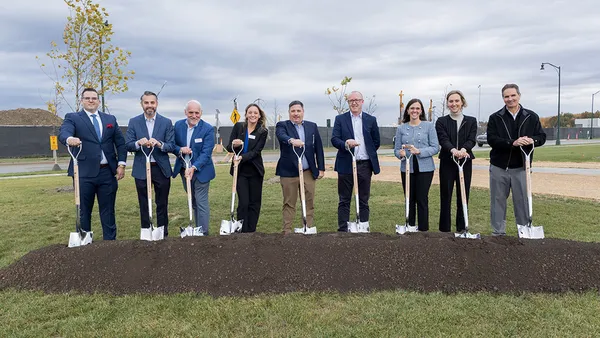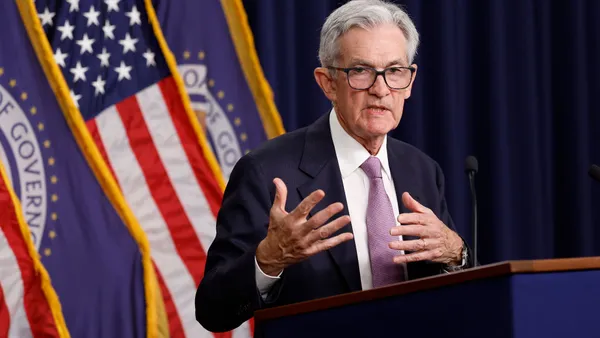Dive Brief:
-
The U.S. office market’s first quarter vacancy rate ticked up to 17.8% — the highest in 30 years — as recession fears, hybrid work and more companies seeking to give up office space through subleases weighed on demand, according to a report Monday from the real estate services firm CBRE.
-
While the average office asking rent rose 1% year-over-year to $35.42 per square foot during the quarter, it still stands 14.8% below its pre-pandemic high, according to CBRE data. Other gauges are also showing deepening weakness, with the overall office leasing activity falling 35% from the year-earlier period to 34.2 million square feet and the amount of space subleases rising to a record high of 189 million square feet.
-
“U.S. office is really being impacted by both structural and cyclical factors, structural being the increase in hybrid work that’s weakening the demand for office space and the cyclical in that people have recession fears and there’s hesitancy around taking on new space,” Jessica Morin, head of U.S. Office Thought Leadership at CBRE, told CFO Dive. “Both of those things are delivering a one-two punch to the office market that has sent vacancies up.”
Dive Insight:
Real estate is a big cost center, with office space often ranking as the second or third largest expense for service companies, CFO Dive previously reported. In recent months many finance leaders have looked to cut their overhead, with even large firms like Microsoft announcing plans to shrink their real estate footprint while also laying off employees.
The weak office market gives those CFOs who are looking to ink new leases a stronger hand in real estate negotiations. For example, the gap between the actual or “taking” rents that tenants are paying as compared to the advertised or “asking” rent, has widened to $3.96 per square foot, according to CBRE. And Morin said in an interview that finance leaders can get deals on sublease space that are from 20% to 40% less what they would pay in a direct lease between the tenant and its landlord.
In the current market, “in terms of who has the most leverage in deal making it is going to be the tenant,” Morin said in an interview Tuesday.
Still, CFOs of companies mulling new office space need to assess their particular markets as several cities in the Sun Belt are healthier than the overall market. Charlotte, North Carolina, Nashville, Tennessee and Miami, Florida all saw positive net absorption of office space in the first quarter, according to CBRE. Of the large so-called “gateway” markets, New York City’s Manhattan was the only one to show improved demand in the quarter year-over-year, according to the report.
The other bright spot was newer buildings; Morin said there was positive demand for office buildings built after 2010. “The weakness was in the lower tier buildings,” she said.














